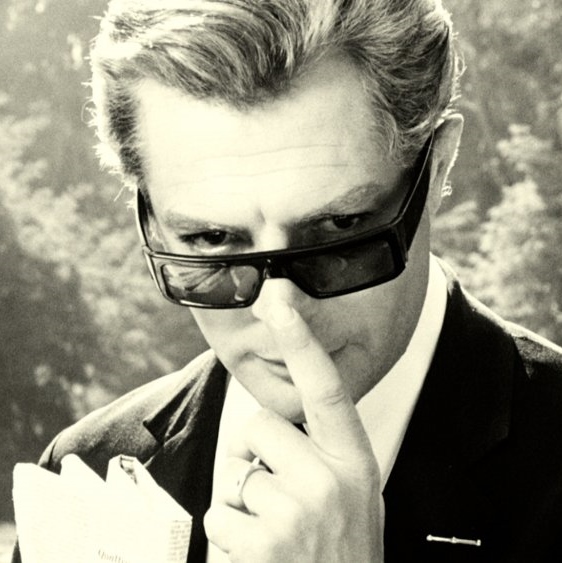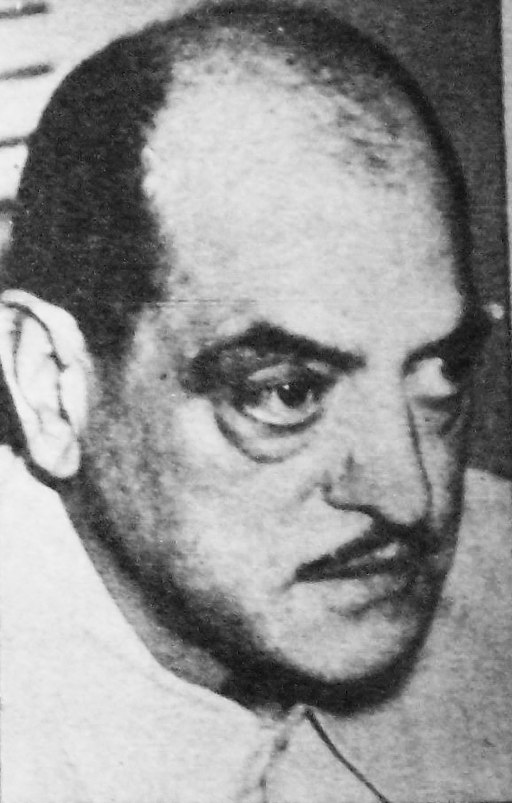WORKPRINT STUDIOS BLOG POST #16 - Film Theory
Filmmaking Blog
Welcome to the Workprint Studios Blog.
WORKPRINT STUDIOS BLOG POST #16 - Film Theory
The Evolution of Film Theory
Film theory is a branch of critical and intellectual inquiry that examines the aesthetics, history, and social impact of cinema. It explores the language of film, its techniques, and its relationship with society, culture, and politics. Film theory has evolved over time, adapting to the changing landscape of cinema and the world at large. In this article, we will explore the key concepts, examples, techniques, and tools of film theory, and how they have shaped the world of cinema.
The Foundations of Film Theory
Film theory emerged as a discipline in the early 20th century, with the advent of cinema as a new form of artistic expression. Early theorists, such as Sergei Eisenstein, Dziga Vertov, and Andre Bazin, explored the formal and aesthetic aspects of cinema, as well as its social and political implications. Eisenstein, for instance, developed the concept of montage, which involves the juxtaposition of images to create meaning and emotion. Bazin, on the other hand, championed the idea of the long take, which allowed the viewer to experience the film as a continuous flow of reality.
The Tools and Techniques of Film Theory
Filmmakers utilize a range of tools and techniques to create meaning and evoke emotions in their work. These techniques are often informed by film theory, which provides a framework for understanding the language of cinema. Some common techniques include mise-en-scene, or staging, which refers to the composition of elements within the frame. These elements include lighting, costume, and set design. Another key technique is cinematography, which involves the use of camera angles, movement, and focus to convey meaning and emotion. Oneiric is concept of film theory which pulls heavily from dream-like states. Sound design, editing, and special effects are also essential tools in the filmmaker's arsenal.
Examples of Film Theory in Practice
One example of film theory in practice is the use of the close-up shot to convey emotion and meaning. In Citizen Kane, for instance, director Orson Welles uses close-ups to reveal the inner thoughts and feelings of the protagonist, Charles Foster Kane. Another example is the use of the tracking shot to create a sense of movement and continuity. In Goodfellas, director Martin Scorsese uses tracking shots to take the viewer on a journey through the world of organized crime. Auteur Film Theory is one practiced by artists such as Andy Warhol and Luis Buñue. These filmakers were known to mix Film Theory techiniques. A prime example would be the movie Un Chien Andalou.
The Impact of Film Theory on Society
Film theory has had a profound impact on society, influencing not only the world of cinema but also broader cultural and political discourse. For instance, feminist film theory has highlighted the ways in which gender and power are represented in cinema. It has challenged traditional notions of the male gaze. Postcolonial film theory has examined the ways in which cinema has reflected and perpetuated colonial power structures and sought to decolonize the medium. These and other critical approaches have opened up new avenues for understanding the role of cinema in shaping our world.
The Future of Film Theory
As cinema continues to evolve and adapt to new technologies and cultural contexts, film theory will continue to play a vital role in understanding and interpreting this dynamic art form. From the earliest days of montage and the long take to the latest innovations in virtual reality and interactive media, film theory provides a framework for exploring the aesthetics, history, and social impact of cinema. By engaging with film theory, filmmakers and viewers alike can deepen their appreciation and understanding of this powerful medium.
Conclusion
Film theory is an essential discipline that enables filmmakers and viewers to explore the language, techniques, and social impact of cinema. From the early days of Eisenstein's montage and Bazin's long take to the latest innovations in sound design, editing, and special effects, film theory has provided a framework for understanding the art and craft of cinema. Through the use of tools such as cinematography, mise-en-scene, and sound design, filmmakers can create meaning and evoke emotion in their work. Meanwhile, critical approaches such as feminist film theory and postcolonial film theory have challenged traditional power structures and opened up new avenues for understanding the role of cinema in shaping our world.
As we look to the future of cinema, film theory will continue to evolve and adapt to new technologies and cultural contexts. The ongoing democratization of media production and distribution has created new opportunities and challenges for filmmakers and viewers alike. However, by engaging with film theory, we can deepen our appreciation and understanding of this powerful medium and its potential to shape our world. Whether we are filmmakers, critics, or simply passionate moviegoers, film theory provides us with a rich and rewarding framework for exploring the art and social impact of cinema.
DID YOU KNOW?
- One of the most influential film theories is the auteur theory, which suggests that the director of a film is the primary creative force behind it, and that a director's body of work can be seen as a personal expression of their artistic vision.
- The French New Wave movement of the 1950s and 60s was characterized by its rejection of traditional Hollywood narrative techniques, and its embrace of experimentation and a more personal, subjective style of filmmaking.
- Feminist film theory emerged in the 1970s as a response to the lack of representation of women in mainstream cinema and sought to highlight the ways in which gender affects the production, consumption, and interpretation of film.
- Psychoanalytic film theory, influenced by the work of Sigmund Freud and Jacques Lacan, explores the ways in which cinema reflects and shapes our unconscious desires and fears.
- Semiotic film theory focuses on the use of signs and symbols in cinema and argues that meaning is created through the interaction between the visual and auditory elements of a film, as well as the viewer's own cultural and personal associations.
- Marxist film theory examines the ways in which films reflect and perpetuate the dominant ideologies of the ruling class and critiques the capitalist economic structures that underlie the production and distribution of films.
- Cognitive film theory studies the cognitive processes involved in film viewing, and explores how viewers make sense of narrative structures, characters, and emotions in a film, as well as how films can influence our perceptions and beliefs about the world around us.
Where you can find us.









